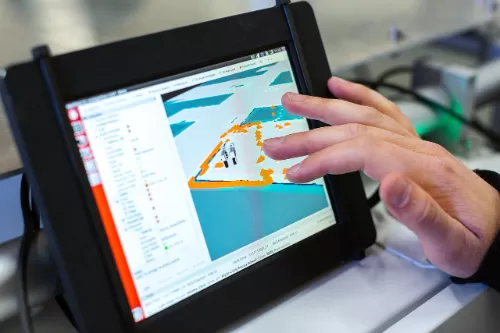What Every American Needs to Know About Virtual Reality
Virtual Reality (VR) is no longer a niche technology reserved for gamers or sci-fi movies. It’s quietly weaving itself into everyday life—from how we work and learn to how we connect and heal. But what exactly is Virtual Reality, and why should you care? Let’s break down the basics, the possibilities, and the pitfalls of this immersive tech in plain terms.
Related searches

What Exactly is Virtual Reality?
Virtual Reality refers to computer-generated simulations that immerse users in a 3D environment. By wearing a headset (like Meta Quest or HTC Vive), individuals can interact with virtual worlds through motion sensors, controllers, or even hand gestures. Unlike traditional screens, VR creates a sense of presence, making users feel physically “present” in environments ranging from bustling cities to outer space.
How Virtual Reality Works
At its core, VR relies on two main components:
Head-Mounted Displays (HMDs): These devices track head movements, adjusting visuals in real time to mimic natural human vision.
Sensors and Input Devices: Controllers or gloves capture hand movements, enabling users to touch, grab, or manipulate virtual objects.
The result? A seamless blend of sight, sound, and interaction that feels indistinguishable from reality.
Why Virtual Reality Matters Today
Virtual Reality is no longer a niche tech toy. Here’s how it’s impacting daily life:
Education: Students explore ancient civilizations or dissect virtual frogs, making learning interactive and engaging.
Healthcare: Surgeons practice complex procedures in VR before operating on real patients, while therapists use VR to treat PTSD or phobias.
Entertainment: Gamers step into lifelike worlds, and music lovers attend virtual concerts with friends across the globe.
Workplace Training: Employees learn machinery operation or customer service skills in risk-free VR simulations.
The Rise of the Metaverse
A buzzword closely linked to Virtual Reality, the metaverse refers to interconnected virtual spaces where people can socialize, work, and play. Companies like Meta and Microsoft are investing billions to build these digital realms, envisioning a future where meetings, shopping, and even vacations occur entirely in VR. For everyday Americans, the metaverse could redefine how we interact, blurring the lines between online and offline existence.
Challenges and Concerns
While Virtual Reality offers boundless potential, it also raises important questions:
Privacy Risks: VR collects vast amounts of biometric data (e.g., eye movements, heart rate), sparking concerns about misuse.
Health Impacts: Prolonged use can cause motion sickness, eye strain, or social isolation if users prioritize virtual interactions over real-life connections.
Accessibility: High-quality VR headsets remain expensive, limiting adoption among low-income communities.
Virtual Reality in the Future
As technology advances, Virtual Reality is poised to become more integrated into daily routines. Breakthroughs like wireless headsets, haptic feedback (simulating touch), and AI-powered virtual assistants could make VR experiences indistinguishable from reality. Already, industries like real estate are using VR to let buyers tour homes remotely, while airlines train pilots in realistic flight simulations.
How to Get Started with Virtual Reality
Ready to dive in? Here’s a beginner’s guide:
Choose a Device: Entry-level options like Meta Quest 3 or Google Cardboard offer affordable access.
Explore Apps: Try popular VR platforms like Roblox (gaming), AltspaceVR (social), or Within (documentaries).
Start Small: Begin with short sessions to avoid discomfort, and gradually increase duration as you adapt.
Conclusion: Embrace the Virtual Frontier
Virtual Reality isn’t just a passing trend—it’s a foundational technology that will redefine entertainment, education, and communication. By offering immersive, interactive experiences, it empowers Americans to learn faster, work smarter, and connect more deeply. While challenges like privacy and accessibility persist, the potential for Virtual Reality to enhance daily life is undeniable.
As the metaverse takes shape and VR headsets become as common as smartphones, the question isn’t whether to embrace this technology, but how to harness it to build a better future. The virtual frontier awaits—are you ready to explore it?

Quantum Computing: The Next Big Tech Revolution Explained Simply

How Cloud Gaming Lets You Play AAA Games on Any Device

The Aging Switch: Could Rewriting Our DNA Add 20 Years to Human Life

AI-Driven Robotics: Revolutionizing Deep-Space Exploration Missions

Why Digital Wallets Are Safer Than Cash or Credit Cards

Smart Cooling Materials: Revolutionizing Home Energy Efficiency Without AC







